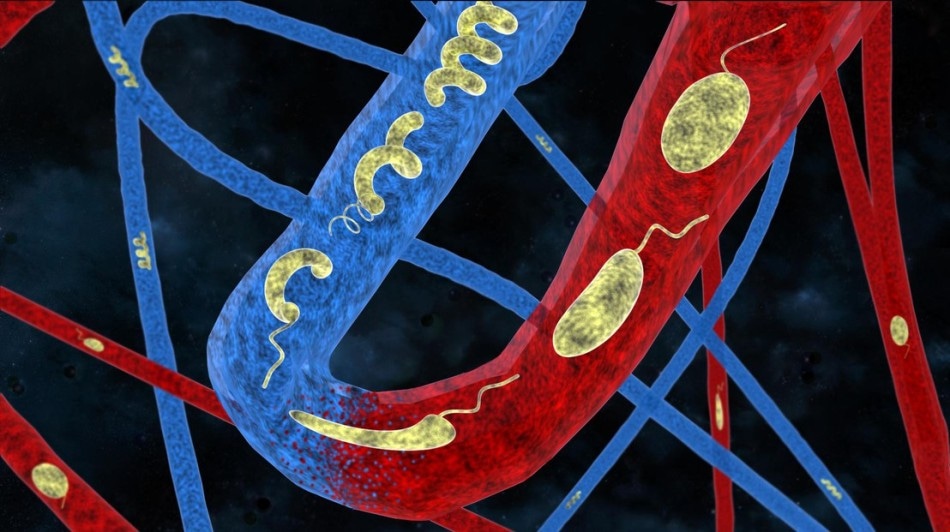Jan 21 2019
Researchers at EPFL and ETH Zurich have created small elastic robots with the ability to modify their shape according to their environment.
 Image credit: EPFL
Image credit: EPFL
These robots are modeled after bacteria and are fully biocompatible, and hence optimize their movements to enter areas of the human body that are difficult to reach. They are sure to transform targeted drug delivery.
Thanks to research being carried out at EPFL and ETH Zurich, one day, it would be possible to consume tiny robots that deliver drugs directly to diseased tissue.
The research team—headed by Selman Sakar from EPFL and Bradley Nelson from ETH Zurich—got inspired by bacteria to develop smart, biocompatible microrobots that are extremely flexible. Since these devices can swim through fluids and change their shape whenever required, they can enter narrow blood vessels and complex systems with no compromise on maneuverability or speed. They are composed of hydrogel nanocomposites that consist of magnetic nanoparticles enabling them to be controlled through an electromagnetic field.
In an article published in Science Advances, the researchers explain the technique they have developed for “programming” the shape of the robot to allow easy travel through fluids that are viscous, dense, or moving at fast speeds.
Embodied Intelligence
When people think of robots, they usually assume large machines fitted with complex systems of sensors, electronics, actuators, and batteries. However, robots are totally different on a microscopic scale.
While developing miniaturized robots, a host of challenges are posed, which the researchers overcame with the help of an origami-based folding technique. Their new locomotion approach uses embodied intelligence, which is an alternative to the classical computation paradigm that is carried out by embedded electronic systems.
Our robots have a special composition and structure that allow them to adapt to the characteristics of the fluid they are moving through. For instance, if they encounter a change in viscosity or osmotic concentration, they modify their shape to maintain their speed and maneuverability without losing control of the direction of motion.
Selman Sakar, EPFL
It is possible to “program” these deformations beforehand so that the performance can be improved without the need for bulky actuators or sensors. The robots can be either controlled by applying an electromagnetic field or left to navigate on their own via cavities by exploiting fluid flow. In any case, they will automatically transform into the most efficient shape.
Smart microrobots that can adapt to their surroundings
Video credit: EPFL